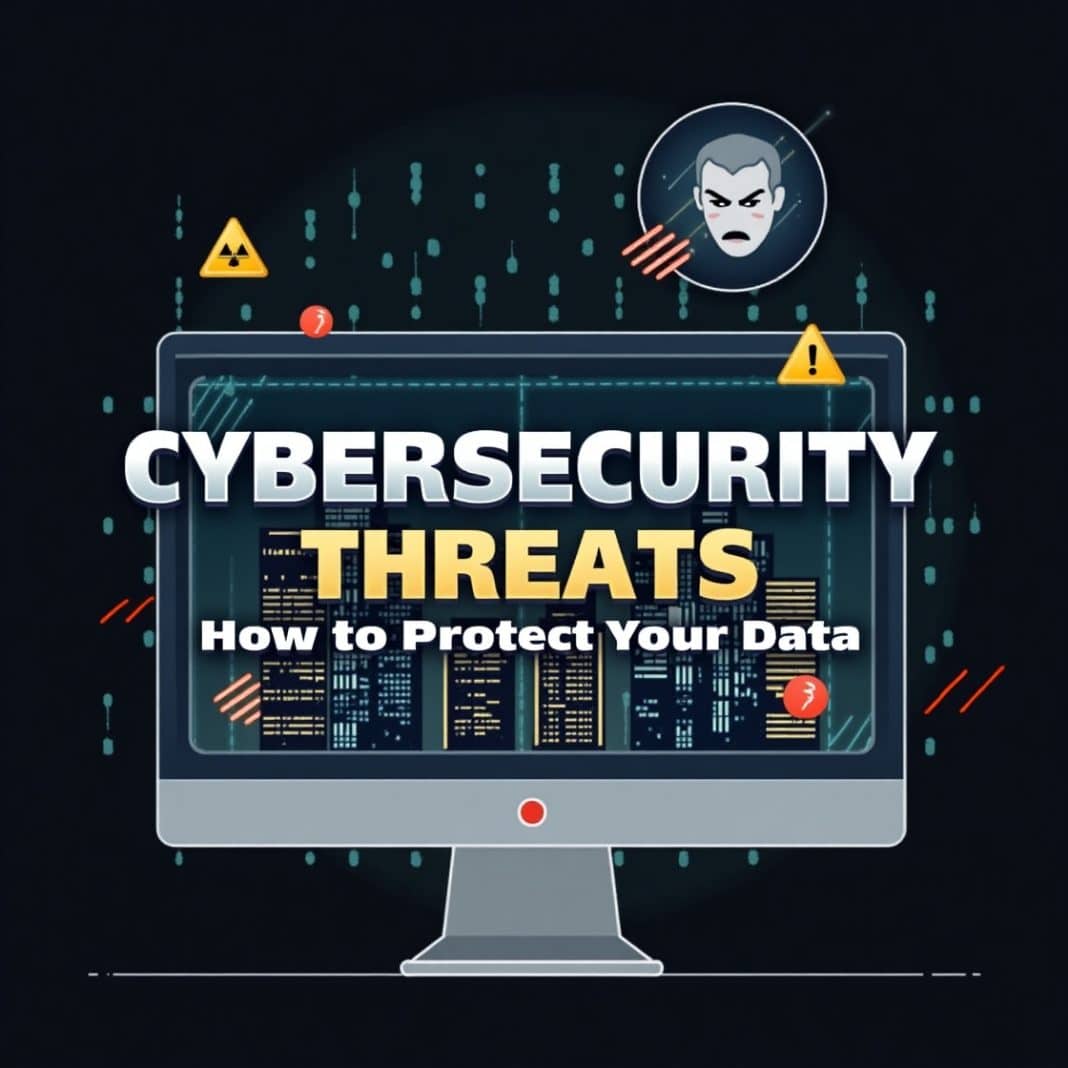Introduction: Why Cybersecurity Matters More Than Ever
In today’s connected world, data is the new currency. From personal banking details to business files, every piece of information online is a target. Cybercriminals are becoming smarter, and the cost of a data breach keeps rising. The question isn’t if you’ll face a cybersecurity threat — it’s when. The good news? You can protect your data with the right strategies.
Common Cybersecurity Threats in 2025
Understanding the threats is the first step to defending against them. Here are the biggest risks today:
1. Phishing Attacks
Fake emails or messages trick users into sharing personal data.
Example: A “bank email” asking you to verify your account with a link.
2. Ransomware
Malware locks your files until you pay a ransom.
Real Case: In 2021, the Colonial Pipeline ransomware attack caused massive fuel shortages in the U.S.
3. Data Breaches
Hackers gain access to databases containing sensitive customer or employee data.
4. Identity Theft
Stolen personal information is used to open accounts, apply for credit, or commit fraud.
5. Insider Threats
Employees or contractors misusing access to leak or steal data.
How to Protect Your Data from Cybersecurity Threats
Strengthen Your Passwords
- Use unique, complex passwords for every account.
- Enable two-factor authentication (2FA) wherever possible.
- Consider a password manager to keep track securely.
Keep Software Updated
Hackers exploit outdated systems. Always update:
- Operating systems
- Browsers
- Security tools
- Mobile apps
Use Reliable Security Tools
- Install reputable antivirus software.
- Use a VPN (Virtual Private Network) for secure browsing.
- Enable firewalls to block suspicious traffic.
Secure Your Wi-Fi
- Change the default router password.
- Use WPA3 encryption if available.
- Hide your SSID to make your network less visible.
Backup Your Data Regularly
- Store backups in the cloud and offline (external drives).
- Test your backups to ensure files restore correctly.
Real-World Example: Target Data Breach
In 2013, U.S. retailer Target suffered a massive data breach. Hackers accessed payment card data of 40 million customers through a third-party vendor. The lesson? Even trusted vendors can introduce risks — always assess security beyond your own systems.
Quick Cybersecurity Checklist
✔ Strong, unique passwords
✔ 2FA enabled
✔ Regular software updates
✔ VPN for public Wi-Fi
✔ Data backups
✔ Security training for employees
Conclusion: Stay Ahead of Cybercriminals
Cybersecurity isn’t a one-time action — it’s an ongoing commitment. By staying alert, updating your systems, and using smart practices, you can significantly reduce the risks. Protecting your data means protecting your future.
Related Reading
- The Future of Tech: Emerging Trends to Watch.
- Machine Economy 2030: Why Autonomous Customers Are the Next Big Trend.
- Future of Commerce: How AI-Powered Machine Customers Will Reshape Business
FAQs on Cybersecurity and Data Protection
Q1: Is antivirus enough to protect me?
No. Antivirus is important, but you also need updates, backups, and good online habits.
Q2: How often should I change my passwords?
Every 3–6 months is a good practice, especially for sensitive accounts.
Q3: What’s the safest way to store sensitive data?
Encrypted cloud storage or offline encrypted drives provide strong protection.




